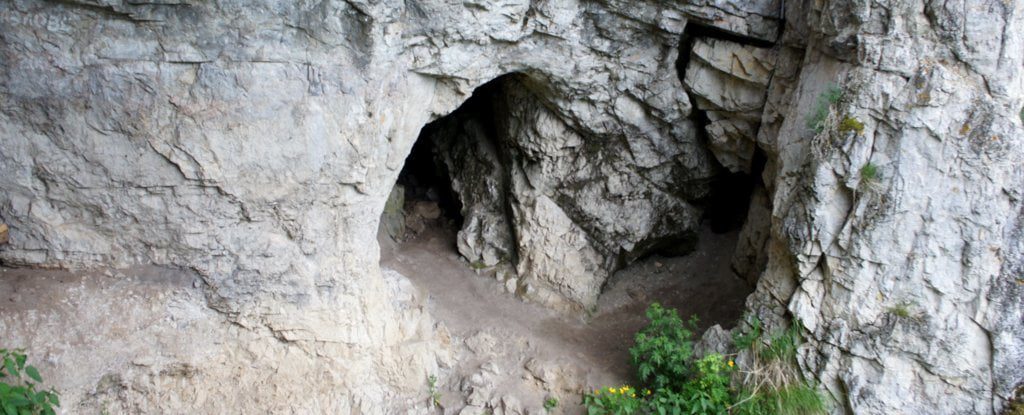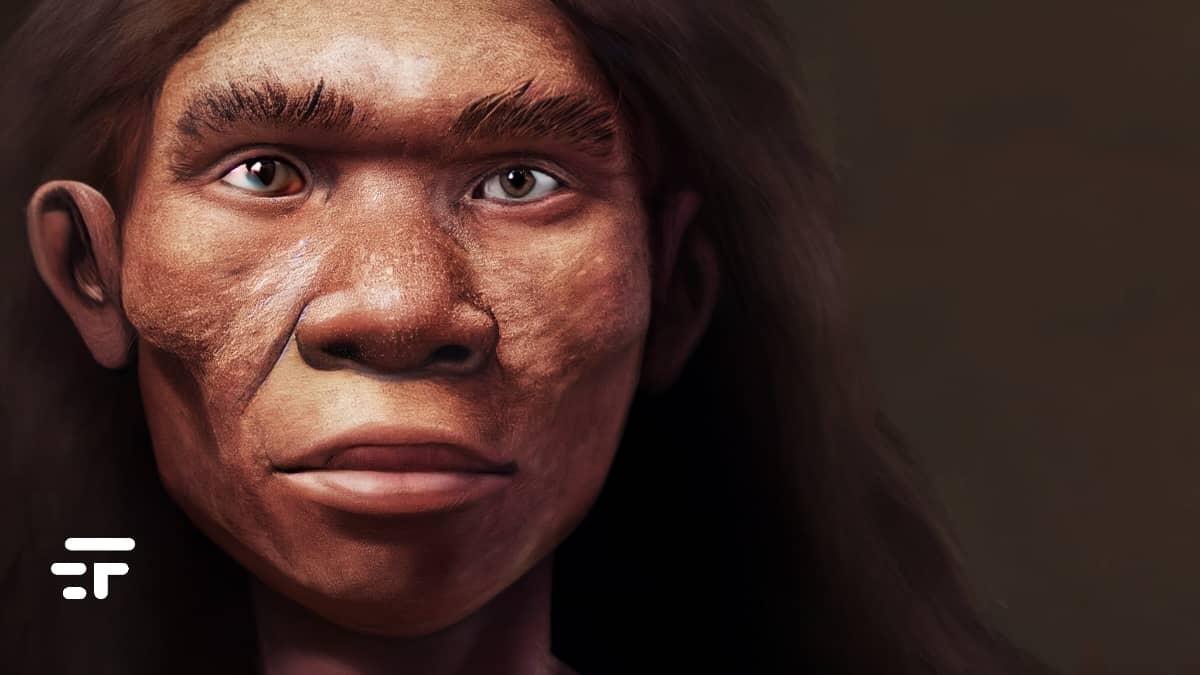Nobody knows who it was, just that it was different: A teenage girl from more than 50.000 years ago appeared to be a “hybrid” ancestor of modern humans that scientists had never seen before. Only recently, researchers discovered evidence that she was not alone.
In a 2019 study analyzing the tangled mess of humanity's prehistory, scientists identified a species of "unknown human ancestor" that modern humans stumbled upon during their long journey out of Africa, some 80.000 years old. does.
Away from Africa: migration and mixing
“When the so-called Out of Africa occurred, part of the human population, already composed of modern humans, abandoned the African continent and migrated, giving rise to all current populations,” explains the biologist Jaume Bertranpetit from the Universitat Pompeu Fabra in Spain.
During this journey, human beings have met (in all senses, including sexual) other ancient (and subsequently extinct) hominids.
Until recently, these “casual sexual partners” were thought to include Neanderthals and Denisovans (the latter unknown until 2010). In the most recent study I'm talking about, published in Nature (I link it here) scientists have isolated a third “ex” in Eurasian DNA. A still unknown ancestor.

A new ancestor in the human genome
Using a statistical technique called Bayesian inference, researchers have found evidence of what they call a “third introgression.” An archaic “ghost” population with which modern humans interbred during the African exodus.
It is possible that this third population in the “sexual history of humanity” was perhaps a mix of Neanderthals and Denisovans. Or something else. “We looked for these points of high divergence in the genome, to see which are Neanderthals and which are Denisovans, and to understand whether these explain the whole picture,” says Bertranpetit.
“If you subtract the Neanderthal and Denisovan parts, there is still something left in the genome that is very divergent.”
What else will come out?
Discoveries made in this area of science will come ever faster, given the integration of research with new methods driven by the deep learning. The application of this type of artificial intelligence analysis is a decidedly new technique, especially in this field.
Gradually, they will help us reconstruct in as much detail as possible the path that the great human family (and hominids) took to get us to what we are now.


